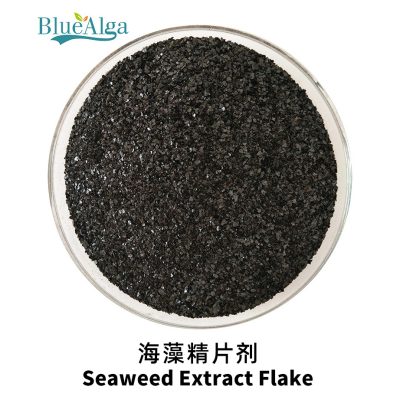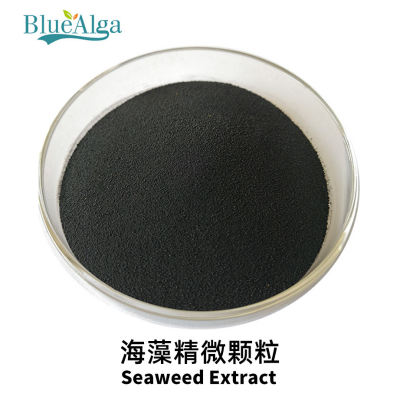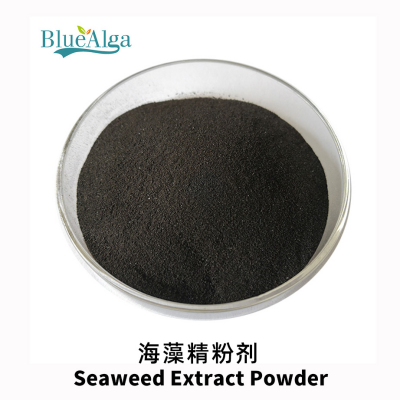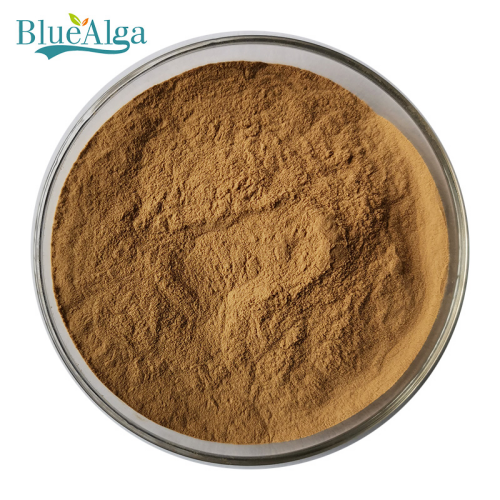Sargassum-Algae with Mysterious Power【3】
In the previous article, we introduced the 7 species of Sargassum in the Sargassoaceae family, and in this article, we continue to introduce the value and application areas of Sargassum.
The nutrient content of Sargassum varies according to the species of Sargassum, the sea area where it grows, etc. The fat content of Sargassum is low. The fat content in Sargassum is low, but much higher than kelp and seaweed. The content of fucoidan in Sargassum is high, and after sulfonation, it can be obtained as fucoidan sulfate, which can replace heparin and has the effect of anti-hyperlipidemia and anticoagulation; the carbohydrates of Sargassum, besides fucoidan, mainly contain fucoidan, fucoidan, hemicellulose, cellulose, etc., and the content of which reaches 60% or so, and can be used as the quality raw material of highly active dietary fiber.
The amino acid composition ratio of Sargassum is close to that of most amino acids, and the composition of essential amino acids is reasonable, with amino acid chemical scores ranging from 80 to 88, which is much higher than that of kelp and purslane, and the limiting amino acid in the protein of Sargassum is lysine, which is the same as that in kelp and purslane protein. Sargassum is rich in minerals and vitamins, and is an important source of certain minerals and vitamins. Sargassum can be used as a good source of Ca, Fe, Zn and I. The K content in Sargassum is significantly higher than the Na content, which helps to improve the body's potassium-sodium balance, and is important for the prevention of hypertension and other cardiovascular diseases. Sargassum contains a variety of vitamins, including the highest content of B vitamins.
Medicine
Kelp and seaweed are often used in Chinese medicine to treat scrofula, hard core pain under the neck, swollen feet and edema.
Agricultural field
The use of seaweed as fertilizer has a long history in foreign countries, wild Sargassum as a large-scale growth of brown algae in the South China Sea waters, it has a huge value in the field of agriculture in China. 1998, Sargassum has been formally applied to the field of agriculture, the extraction of a variety of effective substances in the Sargassum seaweed fertilizer production and processing, creating a precedent in China's seaweed fertilizers, and also Sargassum's value of the agricultural formally embodied. The agricultural value of Sargassum is also formally realized. The use of sargassum as raw material for the production and processing of seaweed fertilizer, so that sargassum in the world stage of agriculture bloom more and more bright colors.
According to the research reality, sargassum extracts rich in polysaccharide substances, cell agonists, purines and other substances on the reproductive growth of plants can play a very good role in balancing, can greatly improve the plant's resistance to adversity and disease resistance. At the same time for some pests can play a role in avoidance.
BlueAlga uses Sargassum as raw material to develop the following agricultural products
Seaweed extract
Alginic acid ≥16%, organic matter ≥45%, cytokinin 75ppm, gibberellin 25ppm, algal growth hormone: 400ppm, trace elements ≥1.5%, pH 8-11



l Stimulate the sprouting of new roots, promote the growth of root system and strengthen the root group;
l Increase leaf area, expand photosynthesis, promote fruit enlargement and coloring, and increase sugar content;
l Promote leaf bud and flower bud differentiation, improve pollination and fruit set rate, and increase yield;
l Enhance crop resistance to pests and diseases, drought, freezing and flooding.
Seaweed polysaccharide- High quality algal fertilizer additives
Sargassum polysaccharide: seaweed polysaccharide ≥30%, organic matter ≥35%, mannitol ≥2%, trace elements ≥0.5%, pH 5-8

l Soak seeds and mix seeds, transplant and dip roots, promote the growth of root hairs, slow down and strengthen seedlings, and promote the differentiation of flower buds;
l Improve sprouting rate and branching rate, reduce apical dominance, inhibit vigorous growth, and promote early yield;
l Increase sweetness and color, repair fruit surface, and improve fruit commercial performance;
l Anti-freezing, anti-stress, anti-disease, lifting drug damage, against a variety of diseases has a very significant auxiliary effect, and mixed with fungicides, has a wound to produce healing tissue quickly, effectively preventing repeated infections;
l For soil-borne diseases; the root system synthesizes disease-resistant substances, inhibits the formation of bacterial lattice, inhibits the germination of pathogen spores;
l Can be used as biological additives and mineral nutrient carriers, facilitating nutrients to complete transmembrane absorption through specialized channels, accelerating and improving the effect of the product.



 Mobile: 86-13012553585 15610518510
Mobile: 86-13012553585 15610518510 Phone (Fax):86-53283197178
Phone (Fax):86-53283197178 E-mail: admin@bluealga.com
E-mail: admin@bluealga.com Add:No.918 Lingang 8 Road Huangdao District,Qingdao China 266400
Add:No.918 Lingang 8 Road Huangdao District,Qingdao China 266400

